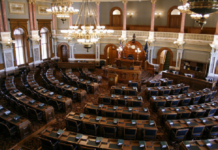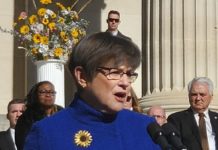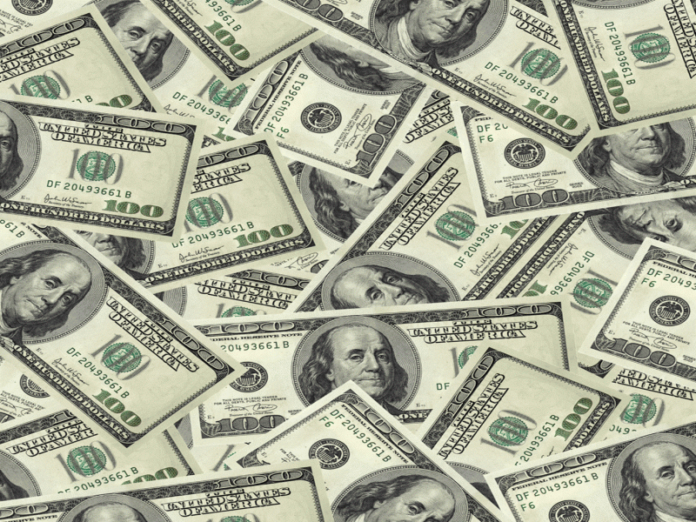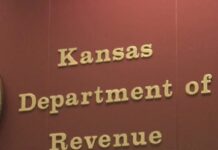(Updated to include ending balance for fiscal year 2024)
State fiscal analysts on Thursday reduced the revenue forecast for the current fiscal year by $67 million, although they see no sign of economic turmoil on the horizon.
The new estimates still leave the state with $3.5 billion in the bank by the end of 2025, prompting the governor to renew her call for tax cuts such as a tax rebate as well cuts in property and retirement taxes.
The state would have $2.8 billion ending balance this fiscal year.
The new revenue forecast predicts the state would take in about $10.28 billion in the current fiscal year, or roughly $67 million less than was estimated in the spring.
Revenue forecasters attributed the decline partly to a new law – known in tax parlance as SALT parity – that charges business entities a tax equal to the tax previously paid by the business owners individually.
The law is intended to be revenue neutral as taxes move from individuals to corporations.
The state is now expected to take in about $26.2 million less in 2025, which forecasters said was attributable to new development incentives for Panasonic and the elimination of the state sales tax on food.
State officials said the downward revision in the estimates didn’t signal any kind of economic trouble for the state.
“All the economic indicators lead us to believe things are on track and actually a slight improvement in some of those when you look at the gross disposable income we’re forecasting for Kansas,” said Secretary of Administration Adam Proffitt.
Total revenues are expected to be about $10.26 billion in 2025, with declines in corporate income tax and the elimination of the state’s sales tax on food in 2025.
Corporate income taxes in 2025 are expected to be down about 6% from fiscal 2024 and about 8% from fiscal year 2023.
Meanwhile, retail sales taxes are expected to decline about 5.5% in 2025 from 2024 and about 6% from fiscal 2023.
The Legislature gave Panasonic development incentives worth about $1.3 billion over 10 years, including a $500 million investment tax credit over five years.
The Legislature also agreed to a half percent overall cut in the corporate tax rate in Kansas as part of the Panasonic deal.
If the Panasonic incentives and the food sales tax were taken out of the equation, the state would have seen modest revenue growth, officials said.
Officials declined to speculate on whether there is enough room to accommodate some kind of tax cut, which is expected to be heavily debated this upcoming session.
Revenue forecasters predicted that the state would have an ending balance of $3.5 billion in 2025, although they cautioned that the nest egg could be affected by changes in federal Medicaid matching requirements.
Proffitt said the $3.5 billion ending balance was the highest anyone recalled seeing.
But he added that $1 billion of that amount is the result of the federal government boosting matching state dollars for Medicaid during the pandemic.
He said that extra matching money stops at the end of the year. Had the state not received the extra matching money during the pandemic, the ending balance would be smaller.
Democratic Gov. Laura Kelly used the announcement of the new revenues to renew her call for limited tax cuts such as giving Kansans a $450 tax rebate, something that has failed to gain traction in the Republican-controlled Legislature.
“There’s no question: we need to give this money back to Kansans through responsible tax cuts,” spokesperson Brianna Johnson said in a statement.
“She will once again work with the legislature to cut taxes in a way that does not risk the financial future of our state or our strong public schools and roads.”
















